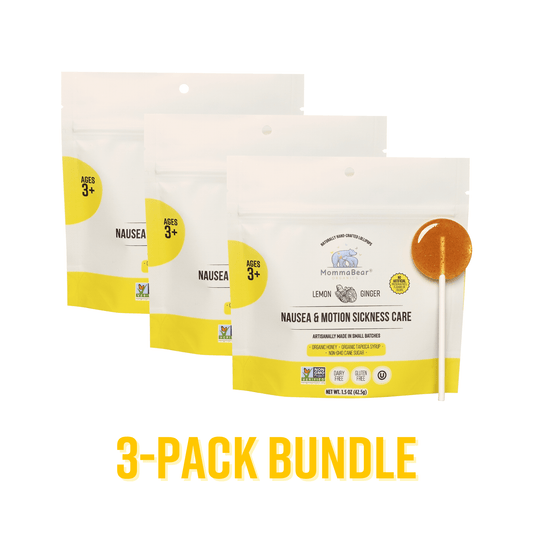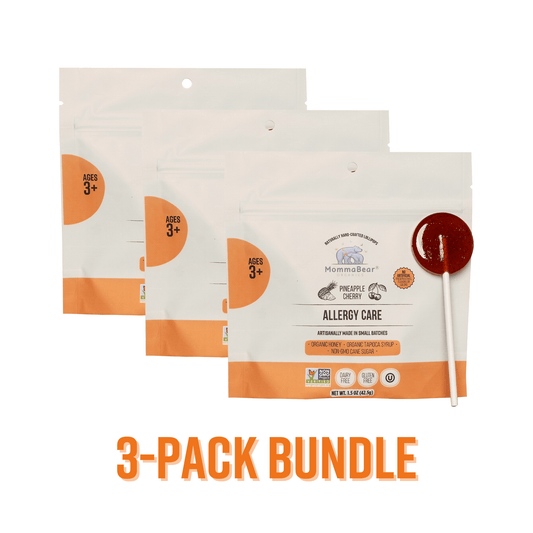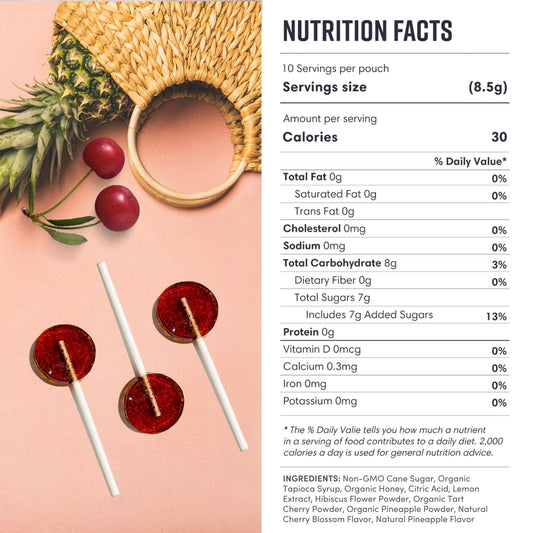Understanding Motion Sickness
You know that feeling? When you're in a car or on a boat, and suddenly your head starts swimming and your stomach just… flips. That’s motion sickness for you. It’s basically your brain getting totally confused. Your eyes are saying, "Hey, we're sitting still," but your inner ear is screaming, "Nope, we're definitely moving!" It's that mismatch that makes you feel so awful. Once I kind of understood that, finding ways to feel better started to make a lot more sense.
Causes of Motion Sickness
It really all comes down to your sense of balance getting thrown for a loop. But a few things definitely seem to kick it off.
-
Inconsistent movements, such as turns or sudden stops
-
Visual mismatch between what the eyes perceive and what the inner ear senses
-
Stress and anxiety, which can heighten sensitivity
-
Individual susceptibility, as some people are naturally more prone to motion sickness than others
I’ve noticed that where I am makes a huge difference. Being stuck in the back seat of a car is the worst, and don't even get me started on being below deck on a boat. It just amplifies everything. And strong smells? Ugh, diesel fuel or someone's fish and chips can send me over the edge. I also read somewhere that kids get it more often, which feels true, but thankfully a lot of them grow out of it. It’s just about figuring out your triggers, you know?
Symptoms and Effects of Motion Sickness
When it hits, it’s not just one thing. It’s a whole wave of yuckiness. This is what I usually have to watch out for.
-
Nausea
-
Dizziness
-
Vomiting
-
Cold sweats
-
Increased salivation
Honestly, these symptoms can ruin a whole trip. I used to dread long car rides or even thinking about going on a ferry. It’s more than just feeling sick; it’s the fear of getting sick that can build up so much anxiety. You start avoiding things, turning down fun adventures with friends or family just because you don't want to deal with it. It becomes this whole cycle of stress that just makes the motion sickness even more likely to happen. Recognizing how much it can actually affect your life is the first step to wanting to find a real solution.The Importance of Non-Drowsy Remedies
The Importance of Non-Drowsy Remedies
For the longest time, I thought the only options were the classic motion sickness pills that completely knock you out. And yeah, they work for the nausea, but at what cost? You end up missing out on half the trip because you're too sleepy to keep your eyes open.
The Drawbacks of Drowsy Medications
I learned this the hard way. Taking those drowsy meds just came with a whole other set of problems.
-
Inability to perform tasks that require full attention, such as driving
-
Feeling lethargic or tired, which can diminish enjoyment of the travel experience
-
Potential for impaired judgment and slower reaction times
-
Risk of engagement in unsafe activities due to reduced alertness
Benefits of Staying Alert During Travel
Finding something that didn't make me drowsy was a total game-changer. It's not just about not feeling sleepy; it’s about actually being present.
-
Improved focus on surroundings, which enhances safety and enjoyment
-
Enhanced experience of the trip, allowing for engagement with sights, sounds, and activities
-
Feeling more in control and capable of responding to unexpected situations
I mean, what's the point of going on a beautiful coastal drive if you’re just going to be snoozing in the passenger seat? Staying alert means you can actually enjoy the journey.
And I started thinking about the long run, too. I worried that if I always reached for the drowsy stuff, my body would just get used to it, and I’d need more and more for it to work. That didn't seem like a great path to be on. So yeah, finding non-drowsy options felt like a much healthier, more sustainable way to handle things.
It’s been so nice to see more non-drowsy things becoming available. It’s not a one-size-fits-all situation anymore. You've got natural stuff like ginger and peppermint, and then you have actual medicines designed to work without making you tired. It feels empowering to have choices and to be able to find what works for my body.
Types of Non-Drowsy Motion Sickness Remedies
So, if you're looking for something that won't put you to sleep, there are a few different paths you can go down. I’ve looked into a bunch of them.
Over-the-Counter Medications
You can find a few good options right on the pharmacy shelf. Here's what I've seen.
-
Meclizine: A lot of people seem to like this one for motion sickness and even for vertigo. It’s supposed to be less drowsy than the older stuff, and for a lot of people, it really works.
-
Dimenhydrinate: Okay, so this one can make you a little sleepy, but I’ve heard that if you take a smaller dose, it's not so bad. It's one of those things you might have to experiment with.
-
Ginger supplements: If you're looking for something more natural, ginger is a classic. You can find it in capsules or even as little candies. It's great for just general nausea, too.
A little tip I picked up is that timing is everything. Taking something like meclizine an hour or two before you even get in the car can make a world of difference. And it helps to do other little things, too, like sitting in the front seat or near the wing on a plane where there's less movement.
Prescription Medications
If the over-the-counter stuff doesn't cut it, it might be worth talking to a doctor. They have some stronger, non-drowsy options.
-
Scopolamine patch: This is that little patch you see people wearing behind their ear. It's pretty cool because it just slowly releases the medicine over a few days, so you don't have to think about it.
-
Ondansetron: I think this one is mostly used for nausea after surgery or chemo, but sometimes doctors prescribe it for motion sickness if it's really bad.
Obviously, this is stuff you need to have a proper conversation with a doctor about. They can tell you if it’s right for you, especially if you’re taking other medications. Sometimes the solution is a mix of things—like, maybe the patch plus being smart about where you sit on a boat.
Natural Remedies
For anyone who prefers to avoid medicine altogether, there are some natural things that can really help. I’m a big fan of trying these first.
-
Aromatherapy: I keep a little bottle of peppermint or lavender essential oil with me when I travel. Just a quick sniff when I start to feel off can be surprisingly calming.
-
Acupressure: You know those wristbands with the little plastic nub on them? They press on a specific point on your wrist, and for some people, it really helps with nausea.
-
Hydration: This sounds too simple, but just staying hydrated can make a big difference. Sipping on water helps keep your stomach settled.
I feel like these natural approaches give you a sense of control without worrying about side effects. I’ll also do some deep breathing if I feel a wave of nausea coming on, and I try to stick to bland snacks like crackers. It's about building a little toolkit of things that help your body feel calm and settled.
How to Use Non-Drowsy Motion Sickness Remedies
Just having the remedy isn't enough; you've got to know how and when to use it to get the best results. It's all about being prepared.
When to Take Your Remedy
Timing really is the most important thing. I’ve learned that the hard way.
-
Take medication at least 30 minutes before travel to allow for effective absorption.
-
Reapply patches or take additional doses as instructed by the package or healthcare provider.
-
Utilize remedies in alignment with the type of travel; for example, medications that are effective during car travel may not be suitable for air travel.
Being proactive is key. If you wait until you're already feeling sick, it's often too late for the remedy to do much good. And I try to think about the trip itself—a bumpy bus ride might need a different plan than a smooth flight. If I'm already feeling anxious about the trip, I'll add in some relaxation stuff, like listening to a calming playlist, which seems to help the remedy work even better.
Dosage Recommendations
Following the instructions on the package is so important. It’s not a "more is better" situation.
-
Age and weight of the individual, as formulations may differ for children and adults.
-
Severe medical conditions or co-occurring medications may require adjustments to standard dosages.
-
Understanding the formulation instructions, including whether the medication should be taken with food or on an empty stomach.
If you’re ever not sure, just ask a pharmacist. They're super helpful. I started keeping a little note in my phone about what remedies worked for which trips. It sounds a bit nerdy, but it's helped me figure out my own patterns and what my body responds to best. You can also combine things, like wearing acupressure bands and taking a non-drowsy pill, but it’s probably a good idea to check with a doctor first to make sure everything is compatible. It just helps you feel like you're in charge of the situation.
Precautions and Side Effects of Non-Drowsy Remedies
Even with the "non-drowsy" stuff, it's smart to know what to expect. They're generally safe, but nothing is perfect for everyone.
Possible Side Effects
Even though they're designed not to make you sleepy, you might notice a few other things.
-
Dry mouth
-
Headaches
-
Lightheadedness
-
Minor digestive upset
Just being aware of these possibilities helps you not to worry if they pop up. I’ve found that some people are just more sensitive than others. So maybe start with the lowest dose and just see how you feel.
Who Should Avoid Certain Remedies
Some people definitely need to be more careful. It's always best to be cautious.
-
Pregnant or breastfeeding women, unless a healthcare provider suggests otherwise.
-
Individuals with specific health conditions, such as glaucoma or prostate issues, may experience negative interactions with certain components.
-
Those taking other medications that could potentially interact with non-drowsy remedies.
Seriously, a quick chat with your doctor or pharmacist can clear up any worries. And if you have allergies, always, always read the ingredients list. I’ve learned that keeping track of how I feel after taking something new is really helpful for future trips and for conversations with my doctor.
A Natural Approach to Motion Sickness
It's such a relief to know there are ways to handle motion sickness without having to spend your trip in a fog. It’s all about understanding what's happening in your body and finding the right tool for the job. Whether it's an over-the-counter pill, a prescription patch, or a simple, natural remedy like the ones we love at Momma Bear Organics, you can find a way to travel comfortably and safely.
...
It’s kind of a journey, isn't it? Finding what works for you. Some trips are fine, and others… not so much. I guess it’s just about staying curious and being kind to your body, trying different things until you find your own perfect recipe for a happy trip.










